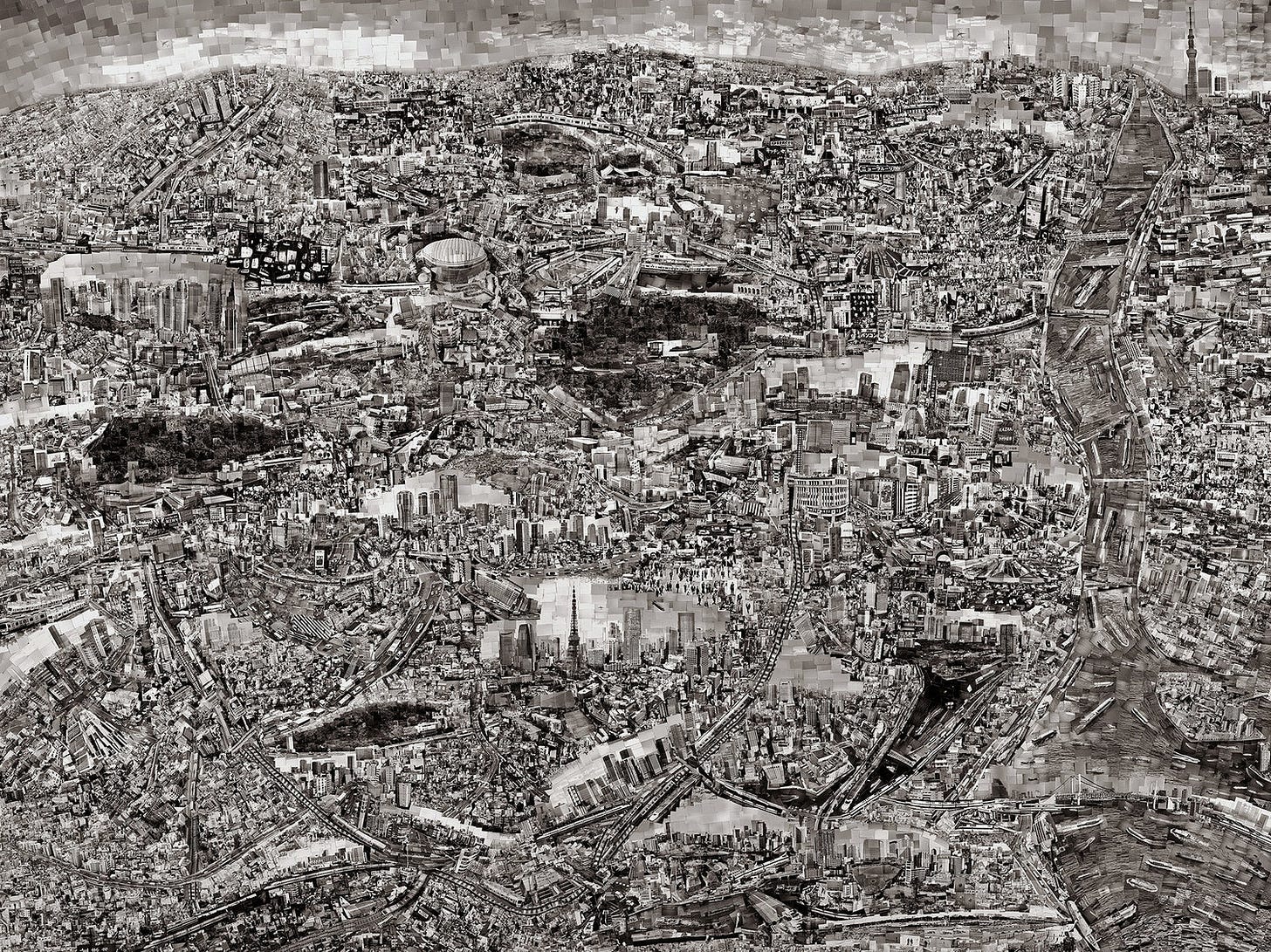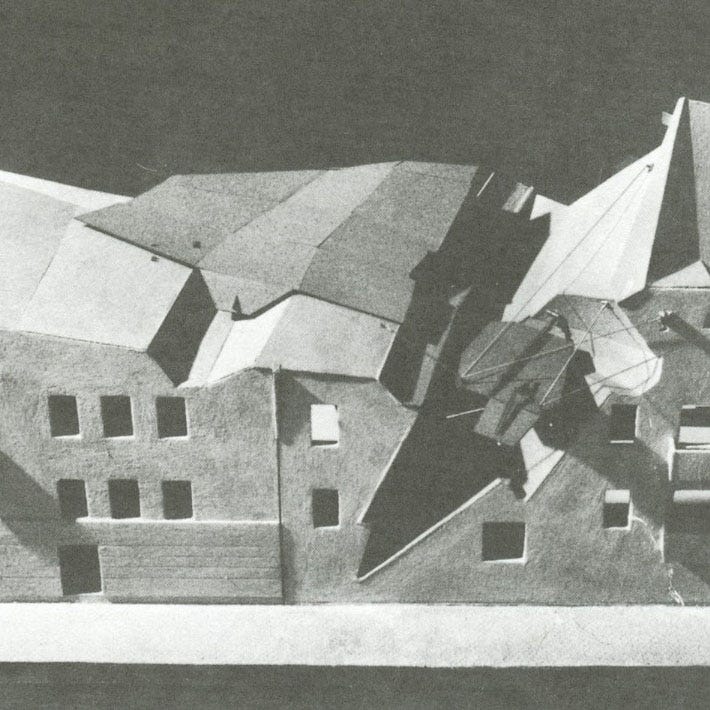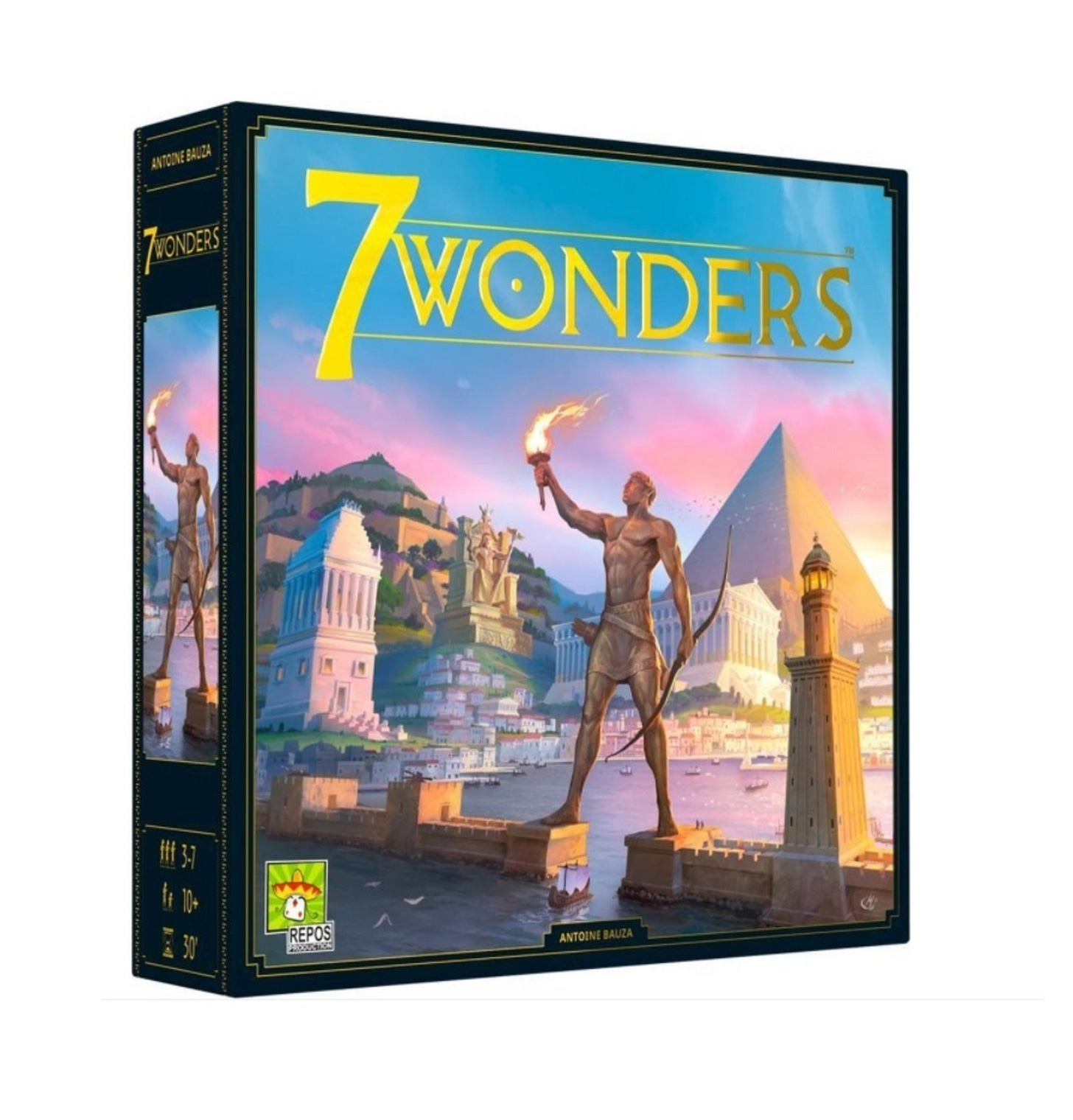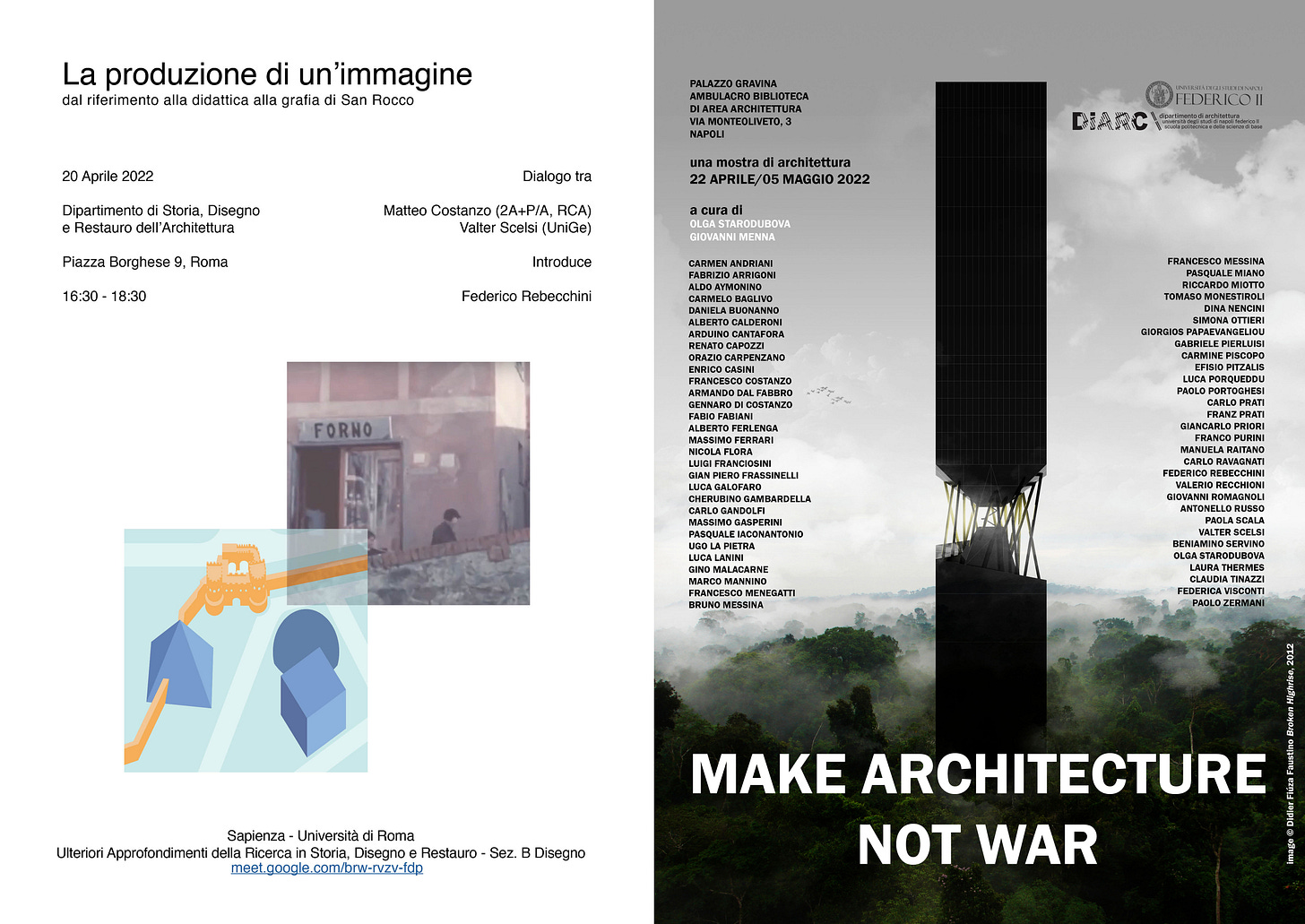Hey fellas, an unusual newsletter before wishing you an happy easter.
As you might have noticed the mail flow is becoming discontinue. The main reason is that I don’t have so much time as before, and I’m not able to deliver a good product on time. That’s why the next newsletters will skip a beat now and then, hopefully to bring you a better content (horrible word, but yes, it is actual content).
Enough chit-chat and let’s go. My name is Federico and welcome to Representations of Architecture # 38.
Insights
The first part of the newsletter is dedicated to the Pamphlet by Lebbeus Woods called War and Architecture. The moment this newsletter will hit your inbox it will be Day 56 since the war in Ukraine started. Even if an end seems to be far I’m constantly thinking about the rebuilding of the country. It is something that will happen, and Woods in writing his pamphlet during the siege of Sarajevo (1993) tries to take an indirect action, contributing to an idea of rebuilding architecture and, therefore, of a way of life.

It seems almost profetic when he writes:
[referring to war] there is certainly more to come, as the human world continues to fragment in the thaw following the cold war, cracking like a great monolithic ice sheet along new and sometimes unexpected lines. It is a depressing and frightening picture to draw, especially at the end of a century in which hot wars have taught unforgettable lessons about the madness of organized violence. But it is a picture that emerges of its own cruel strenght, itsu disturbing but potentially healing necessity. Only in confronting it can there be any hope of changing its tragic content. Only by facing the insanity of willful distruction can reason begin to believe again in itself.
Woods imagines three ways to interface with the rebuilding:
1. Restore what has been lost to its pre-war condition
2. Demolish the damaged and destroyed buildings and build something entirely new
3. The post-war city must create the new from the damaged old
The last point is the one that interests us the most. Woods imagines how a new tissue can be applied to damaged architecture. As he summarize in one of his old blog posts:
“Many of the buildings in the war-damaged city are relatively salvageable, and because the finances of individuals and remaining institutions have been depleted by war and its privations, that salvageable building stock must be used to build the ‘new’ city. And because the new ways of living will not be the same as the old, the reconstruction of old buildings must enable new ways and ideas of living. The familiar old must be transformed, by conscious intention and design, into the unfamiliar new.”
From this way of thinking he produces a series of architectural drawings. In them he tries to forsee a world where new spaces of habitation start to define the urban tissue.
Scraps and debirs from destruction become the material to intervene on the damaged buildings. A new tissue is born. The war is not rejected, but employed into a what he will later call a radical reconstruction1.
“The new spaces of habitation constructed on the existential remnants of war do not celebrate the destruction of an established order, nor do they symbolize or commemorate it. Rather they accept with a certain pride what has been suffered and lost, but also what has been gained. They build upon the shattered form of the old order a new category of ordeer inherent only in present conditions, within which existence feels its strenghtrs, acknowledges its vulnerabilities and failures, and faces up to the need to invent itself as though for the first time, thus seizing the means to coninuously refresh and revitalize itself. There is an ethical and moral commitment in such an existance, and therefore a basis for community.”
Very beautiful links
Talking about destruction:
Nakagin Capsule Tower will finally be demolished. One of the landmarks of Metabolist architecture will se the end of its journey in December. I’m deeply sad about it2 since it is not the first building from great architects to be demolished in Japan. But, as this great essay highlights, mutation is an intrinsic feature of japanese culture. With this in mind we can state that the Nakagin survived even too much.

Everyone seems to focus on the destruction of Ukraine, but what I was mostly curious about at the beginning of the war was how russians would react to what Putin was doing. You can find the answer in the last videos by russian youtuber Roman NFKRZ. He is now in Georgia and he posts frequently about his condition:
Sweet IG pages + Misc
Now something different, with the last two sections of the newsletter mashed together:
I’m recently spending several hours playing the board game 7 Wonders3. It’s good. It’s really good.
We are talking about a drafting game where you have to collect resources in order to gain points, develop your civilization and eventually win. The game has different depths: a more light-hearted one where you can play having few or no plans and still have fun; and a professional one, where every card you left to your opponent could be lethal in the final count of points. The more you go in depth, the more you discover how this game is made to last and become a classic. Multiple expansions and variations to the original one add content to the mythology of the lore.4
In the game there are many ways to earn points. One of them is to improve your military asset. Being war-oriented can bring you a maximum of 18 points in the final count. Being technical productive (so develop universities etc.) can make you earn up to 36 (or even more). I don’t know if that means something, but that’s it.
One thing that I immediately noticed was the quality of illustrations. Every player has his own game board. On every game board is represented a Wonder of the past. The drawings are just great: illustrator Miguel Coimbra depicts day time (front of the board) and night time (back) scenarios where the wonders rise in all their majesty. Even if there are theoric errors like the architectural orders of the Colosseum (above) Coimbra’s illustrations are a good example of what can be acheived in digital painting.
Concede me a closing to spam something I’m involved in:
April 20th from 16:30 (Rome time) Matteo Costanzo (2A+P/A, RCA) and Valter Scelsi (Sp10, UniGe) will talk about the production of images, starting from their teaching courses to the aesthetics of San Rocco magazine. I will introduce the two guests and ask questions. Join on google meet if you want, the meeting will be in italian.
April 22th will open an exhibition at Università Luigi Vanvitelli of Naples. Its name is Make Architecture, Not War. Different italian architects were invited to submit an architectural drawing that expresses the theme. Among them (still don’t know why) there will be also a drawing of mine. If you pass by Naples try to visit.
Enough kids. See you in a couple of weeks with one of the best takeovers so far.
Take care and happy easter (if you celebrate, otherwise just enjoy your weekend).
CIAO
Federico
Title of a subsequent book to War and Architecture, where Woods deepen the theme of reconstruction.
In this past newsletter I briefly talked about it (curiously there is also Lebbeus Woods).
and its smartphone version, highly recommended.
There are three spin-offs: 7 Wonders Duel (1 VS 1, it also has different expansions), 7 Wonders Babel and 7 Wonders Architects (still drafting but a different kind).













